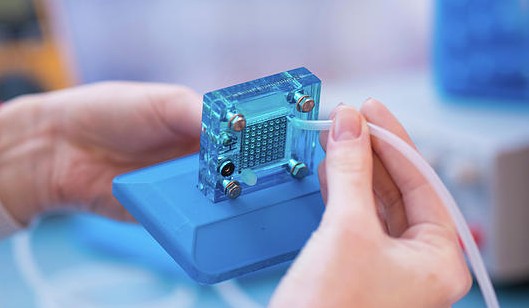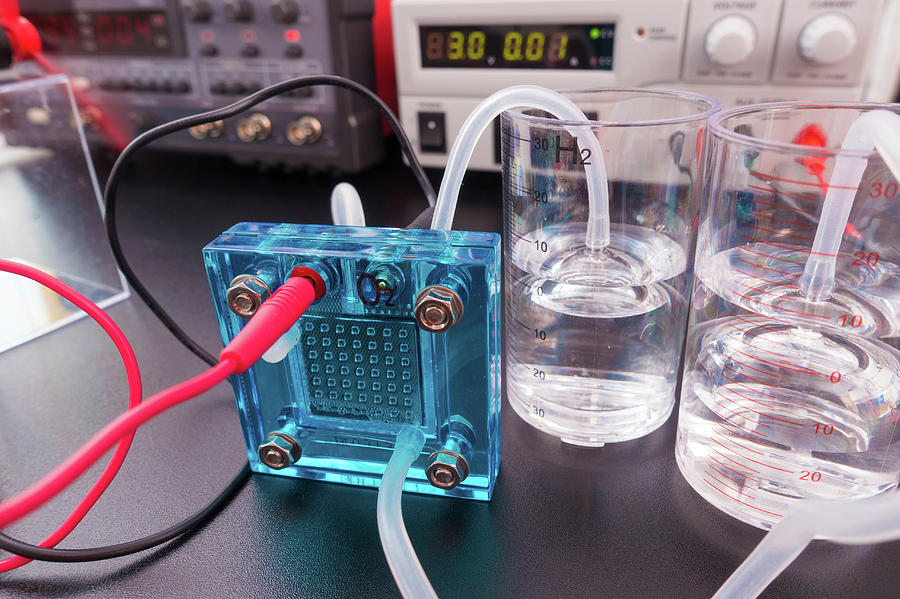As the world shifts towards sustainable energy solutions, fuel cells are emerging as a promising technology to address the growing demand for clean and efficient power. But what exactly is a fuel cell, and why is it considered revolutionary?

What Is a Fuel Cell?
A fuel cell is an electrochemical device that converts chemical energy from a fuel into electrical energy through a reaction with oxygen or another oxidizing agent. Unlike traditional batteries, fuel cells require a continuous supply of fuel and oxygen to operate, making them more akin to an engine than a battery.
How Do Fuel Cells Work?
At its core, a fuel cell consists of three primary components:
- Anode: Where the fuel (commonly hydrogen) is supplied.
- Cathode: Where oxygen from the air is introduced.
- Electrolyte: A medium that allows ions to move between the anode and cathode while keeping electrons on a separate path to generate electricity.
The basic operation involves the following steps:
- Hydrogen molecules are split into protons and electrons at the anode.
- The electrons flow through an external circuit, generating electricity.
- Protons pass through the electrolyte to the cathode, where they combine with oxygen and electrons to produce water and heat as byproducts.
Types of Fuel Cells
Fuel cells come in various types, each suited for specific applications. Some of the most common types include:
- Proton Exchange Membrane Fuel Cells (PEMFC)
- Operates at relatively low temperatures.
- Ideal for portable and automotive applications.
- Solid Oxide Fuel Cells (SOFC)
- High efficiency and capable of operating on various fuels.
- Suitable for large-scale power generation.
- Alkaline Fuel Cells (AFC)
- Known for high efficiency in space applications.
- Requires pure hydrogen and oxygen.
- Molten Carbonate Fuel Cells (MCFC)
- Operates at high temperatures, allowing for the use of non-pure hydrogen fuels.
- Commonly used in industrial and utility-scale applications.
- Phosphoric Acid Fuel Cells (PAFC)
- Reliable and durable for stationary power generation.
Advantages of Fuel Cells
- Environmentally Friendly: Fuel cells produce zero emissions if hydrogen is used as fuel, with water and heat as the only byproducts.
- High Efficiency: They can achieve efficiencies of up to 60% for electricity generation and even higher when waste heat is utilized.
- Versatility: Fuel cells can power anything from portable devices to vehicles and large-scale power plants.
- Quiet Operation: With no moving parts, fuel cells operate silently, making them ideal for urban and residential use.
Challenges in Fuel Cell Technology
While fuel cells hold immense promise, they face several challenges:
- High Costs: The materials used, such as platinum catalysts, make fuel cells expensive.
- Hydrogen Infrastructure: Developing a robust hydrogen production, storage, and distribution network is essential for widespread adoption.
- Durability and Longevity: Improving the lifespan of fuel cells under real-world conditions remains a key area of research.
The Role of Fuel Cells in a Sustainable Future
Governments and industries worldwide are investing heavily in fuel cell technology. Hydrogen fuel cell vehicles, for instance, are becoming more common, with companies like Toyota, Hyundai, and Honda leading the charge. Additionally, stationary fuel cells are providing clean energy solutions for remote areas and backup power systems.
Conclusion
Fuel cells represent a crucial step toward a cleaner and more sustainable energy future. As technology advances and costs come down, they have the potential to revolutionize how we generate and consume energy. Whether it’s powering cars, homes, or entire industries, fuel cells are poised to play a significant role in the global energy transition.
Embrace the future with fuel cells—because sustainable energy is not just a choice; it’s a necessity.
